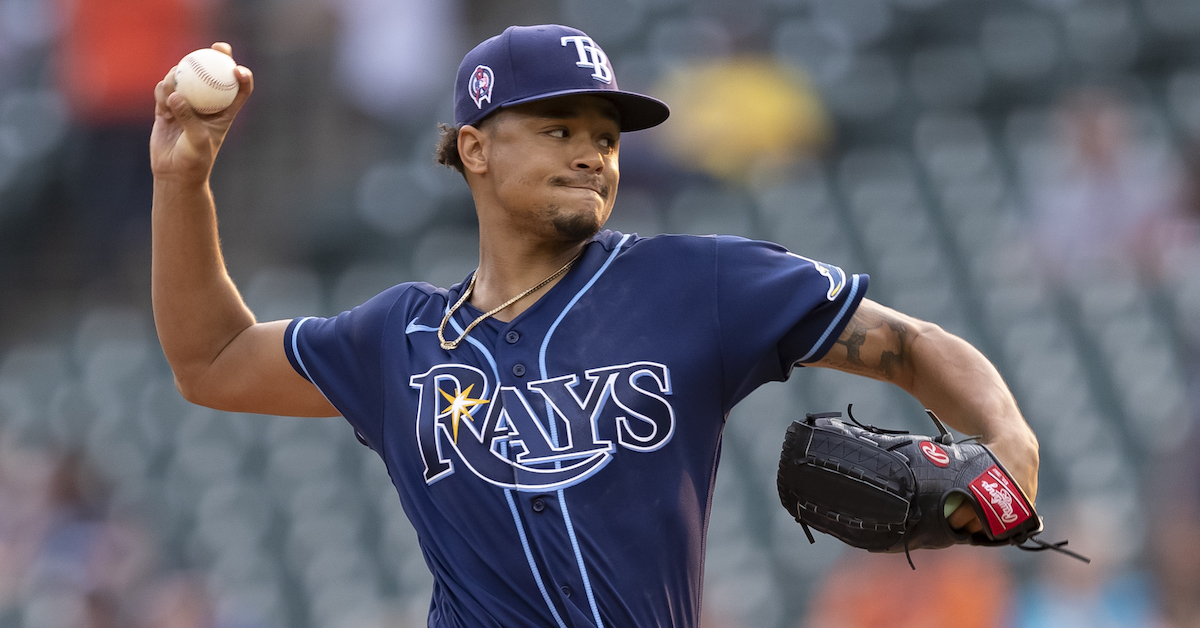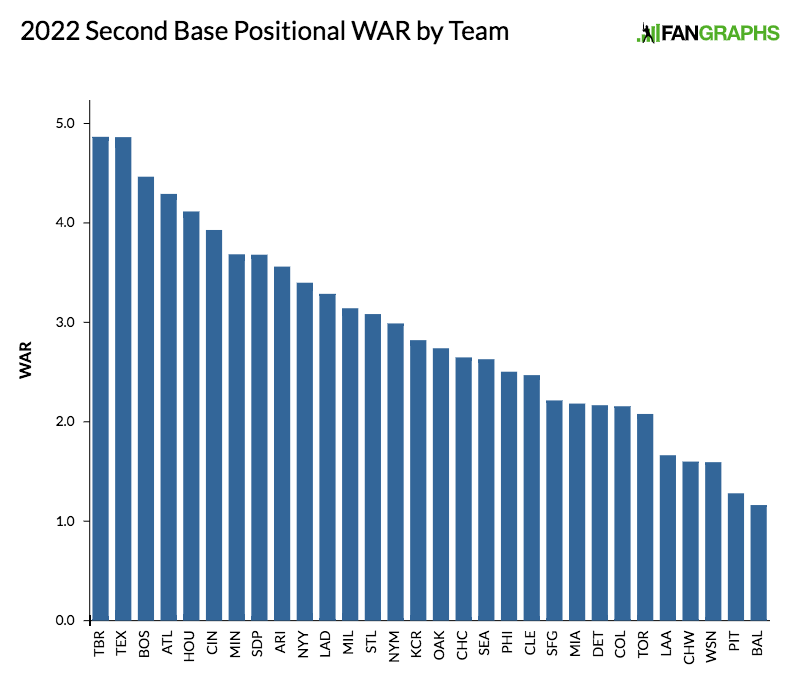2022 Positional Power Rankings: Starting Rotation (No. 1-15)

Earlier today, we looked at the teams in the bottom half of the league’s rotations. Now to close out the positional power rankings, we look at the game’s best.

Finally, you’ve reached the last positional power rankings entry of the year. It’s also the most powerful power ranking of the bunch — all the others have had to settle for five or so absolute superstars, but through the magic of counting entire rotations together, we’re looking at an embarrassment of riches here. Twenty-four pitchers in this writeup are projected for three or more WAR this season — good luck matching that at shortstop. And that doesn’t even count the bottom half of rotations (sorry, Shane Bieber, you’re still cool, though). Considering a group of eight-ish starters instead of one-ish starter and his backups for each team means that there are going to be more good players by default.
If you’ll allow me to indulge in a bit of inside baseball, starting pitching rankings are different in one other major way: the attrition on this list has been strikingly high. If you could go back in time a month and look at the second base power rankings, they’d look basically the same as they do now. Marcus Semien? Good then, good now. Maybe the occasional signing or trade shook things up, but for the most part, nothing has changed. When it comes to pitchers, nothing is constant. Seemingly every day, someone goes down with injury. Take a snapshot a week ago, and White Sox would have graced the top five. The Padres added Sean Manaea, then saw Mike Clevinger’s projected innings total take a hit. There’s no more volatile position in the game. That’s modern baseball in a nutshell — starters are hugely important, and they’re also quite breakable. Your team’s fortunes depend in large part on these units, and they in turn depend in large part on extremely breakable ligaments and tendons. Read the rest of this entry »









